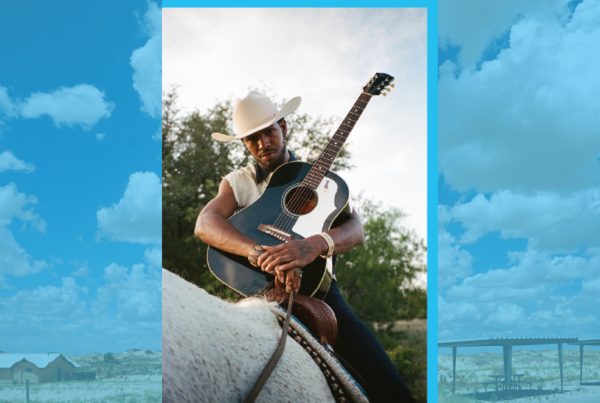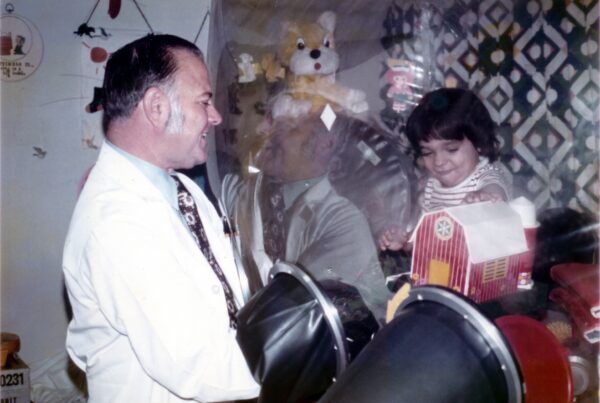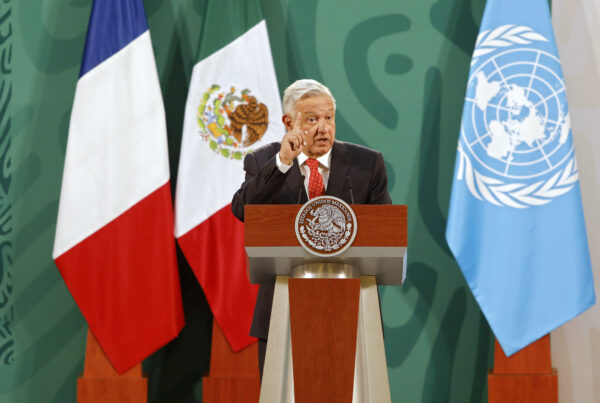In parts of Texas, the skies have taken on an orange hue in recent days. You may have noticed your car is considerably dirtier than normal.
In Laredo and in the South Plains, winds have been gusting to the speed of tornadoes – in some places up to 100 miles per hour. Places like Amherst reported near zero visibility Monday.
The poor air quality didn’t stay in West Texas, either. The dust moved east. Over the past 24 hours, Houston faced dusty, gray skies as well.
Matt Lanza, a forecast meteorologist and managing editor of Space City Weather in Houston, said Monday was one of the worst air quality days he’s seen in the city not related to regular pollution.
“We’ve had this kind of weird weather pattern with storm systems moving across the state,” he said. “You talked about those winds – they just whipped up all over West Texas and northern Mexico and parts of eastern New Mexico. And what that does is just collects the dust in the desert. And obviously the drought that we’ve had out in West Texas isn’t really helping matters, either.”
All that dust gathered in West Texas worked its way east Sunday night and Monday morning, Lanza said.
“That’s why we saw so many reports and pictures of dust across the eastern half of Texas and places that don’t usually see this kind of thing,” he said. “You hear about those dust storms in the Panhandle and in parts of West Texas. But it usually doesn’t make its way east to the voracity that it did yesterday. And, you know, we pretty much have the wind to thank for that.”
This is partly because of where the wind is coming from, Lanza said. Usually winds in West Texas this time of year blow north to south. This dust storm, however, blew west to east.
“The whole weather pattern across the country right now is a little strange. It’s not necessarily unprecedented or anything like that, but it’s just a little odd,” he said. “I think that the folks in West Texas have adapted to this sort of environment a little bit better than people in East Texas. When this happens, we’re just kind of shocked.”
Lanza said there are a lot of theories as to how precipitation patterns are changing because of climate change, which also impacts the frequency and type of dust storms in the western part of the state.
“We’re sort of in the midst of a multi-year drought. And as the climate warms, we’re expected to see droughts get stronger. And then, when it does rain, it rains harder. So you get kind of the worst of both worlds,” he said. “Another symptom perhaps is that the winds get a little bit stronger as the climate changes, as well. So it’s tough to connect one event to that. But I think when you see something like this happen, it’s just a reminder of where we live and how things could be in the years and decades to come.”
Dusty air can also have a health impact, especially to those who have sensitive respiratory systems.
“This type of dust is very irritable. This is especially true for people in East Texas that aren’t used to this. You hear about dust, it’s usually Saharan dust that comes off Africa during hurricane season, and that’s usually suspended in the air aloft. But this type of dust is more ground level-type stuff,” he said. “Air quality was much poorer yesterday across most of Texas. When we get events like this, that can definitely cause people – especially those suffering from asthma – to have episodes and it’s just not very good air to be outside. And so you want to limit your outdoor time when this sort of thing happens.”
Lanza said this particular storm has passed but a cold front this upcoming weekend could bring more wind and more dust.
“We’re expecting more dust in West Texas,” he said. “We’ll see if that can come to the east again this time, as well. So we may not be completely done.”














